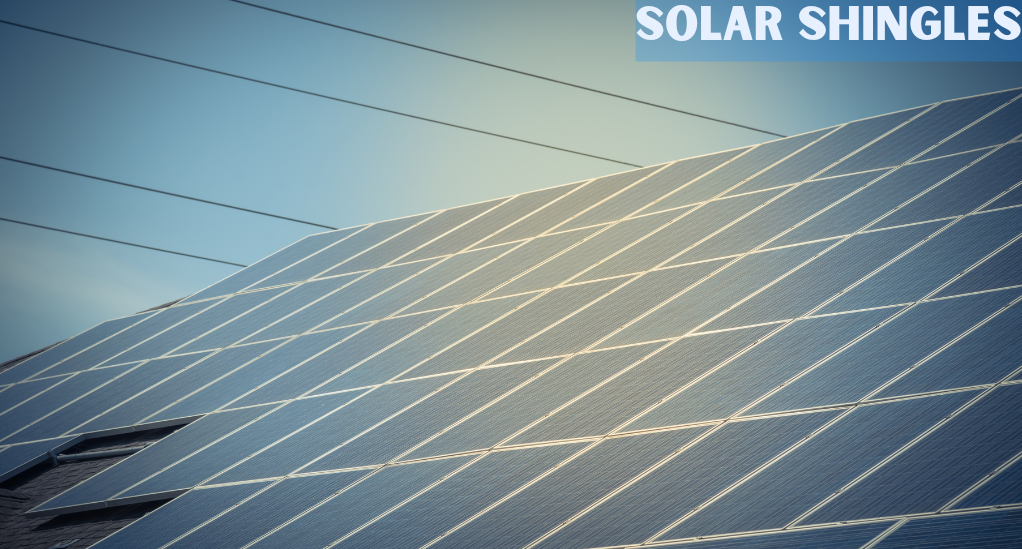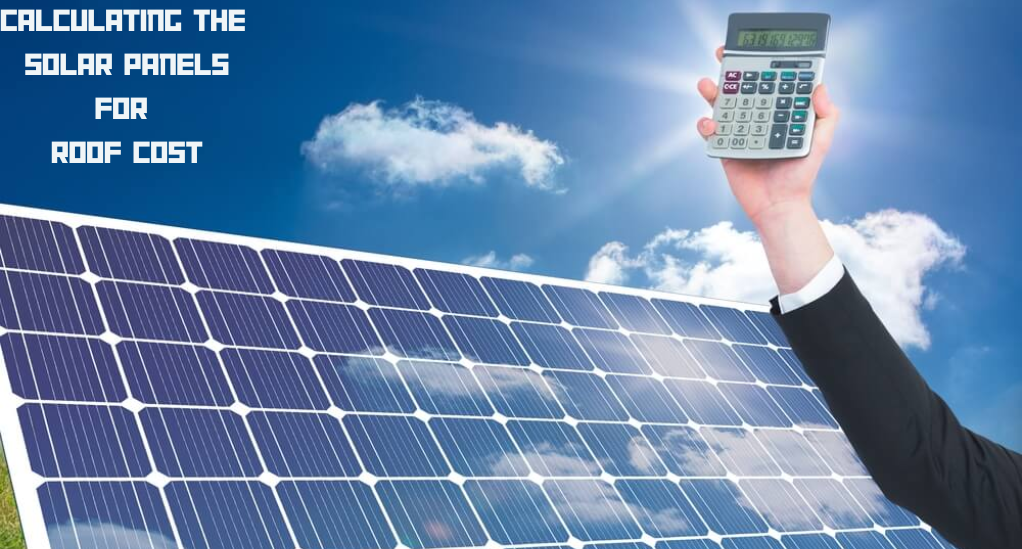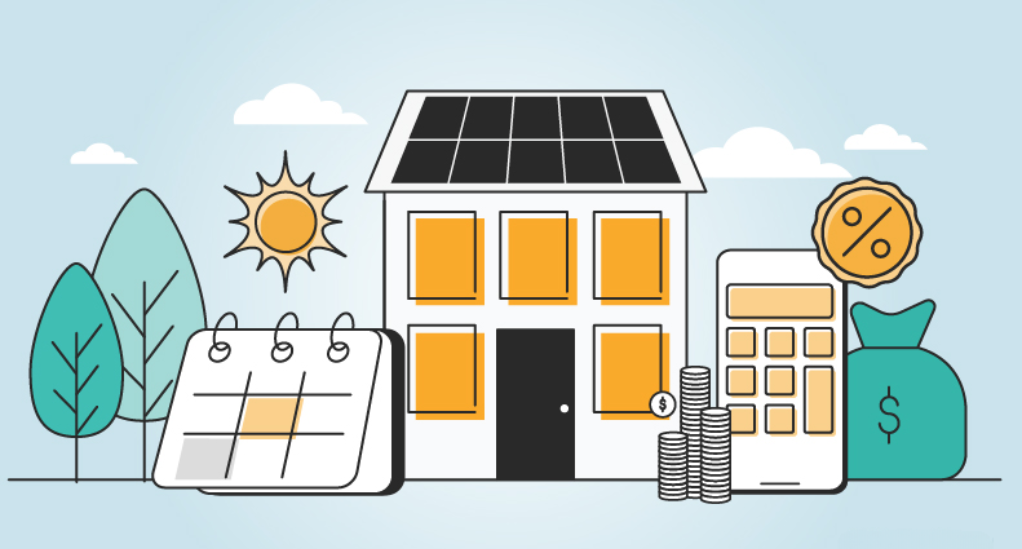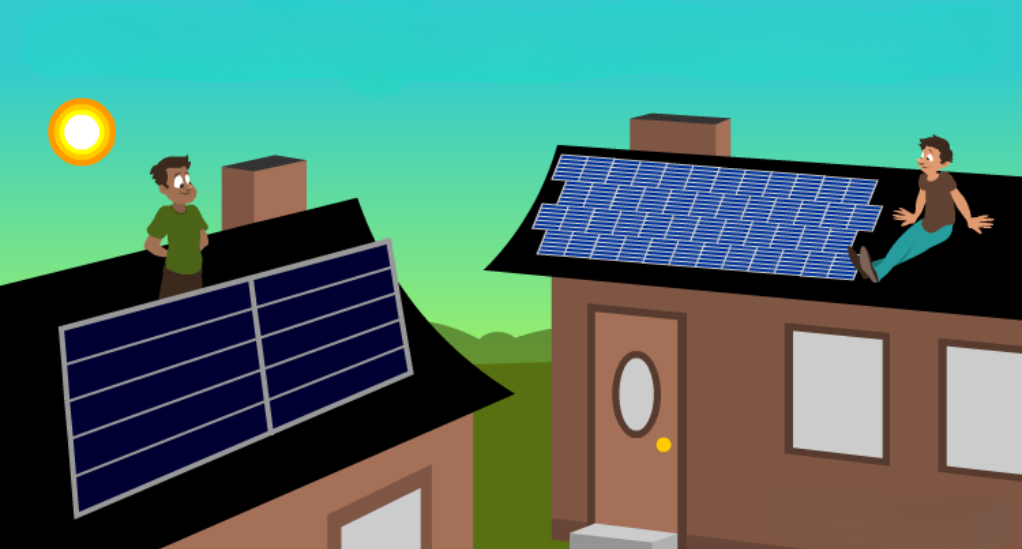The transition to renewable energy sources is not just a trend but a necessity in the modern world. Among the various options available, solar energy stands out as a popular choice, with solar shingles emerging as a novel and aesthetically pleasing alternative to traditional solar panels. Before we venture into the nuances of the cost factors associated with solar shingles, let’s first understand what they are and why they are gaining popularity.
What are Solar Shingles?
Solar shingles, also known as photovoltaic shingles, are a type of solar energy solution that integrates into the roof of a building, serving the dual purpose of a roof tile and a solar cell. Unlike the bulky solar panels, these shingles blend seamlessly with the roofing structure, offering a more aesthetically pleasing look without compromising on the energy output.

A Brief History
The concept of solar shingles isn’t entirely new. It began taking shape in the late 2000s, with companies like Tesla bringing it to the mainstream market. Over the years, the technology has evolved, offering homeowners a viable option to harness solar energy without altering the visual appeal of their homes.
Comparison with Traditional Solar Panels
Before we delve into the cost analysis, it is essential to understand how solar shingles fare against traditional solar panels. Here, we present a comparison table that outlines the key differences between the two:
| Aspect | Solar Shingles | Traditional Solar Panels |
|---|---|---|
| Appearance | Blends with the roof structure | Bulky and mounted on the roof |
| Installation | Integrated with the roofing material | Requires separate mounting structures |
| Cost | Generally higher initial investment | Lower initial cost |
| Efficiency | Slightly lower efficiency | Higher efficiency |
| Maintenance | Lower maintenance due to integration | May require more maintenance |
| Aesthetic Appeal | High, as it blends with the home design | Lower, due to visible mounting systems |
Initial Investment: Understanding the Cost of Solar Tile Roof
Embarking on the journey of installing solar shingles requires a substantial initial investment. The cost is generally calculated per watt, rather than per square foot, a departure from traditional roofing cost calculations. Let’s dissect the various elements that contribute to the initial investment.
Pricing Per Watt Explained
Solar shingles are priced per watt, which essentially means that the cost is determined by the amount of energy that the shingles can produce. The price range varies significantly between brands, generally falling within the bracket of $3.50 to $8.00 per watt. This pricing strategy is a critical aspect to consider as it directly correlates with the energy output of the installation.
Brand Variations and Their Impact on Cost
Different brands offer solar shingles at varying price points. For instance, a Tesla Solar Roof might cost upwards of $70,000 for a full roof installation, positioning itself as a premium option in the market. On the other hand, budget-friendly alternatives like SunTegra offer solutions closer to the $20,000 mark for an entire roof. Here, we provide a comparison table to give you a clearer picture:
| Brand | Estimated Cost per Watt | Total Estimated Cost for an Average Roof |
|---|---|---|
| Tesla | $7.00 – $8.00 | $70,000 – $80,000 |
| SunTegra | $3.50 – $4.50 | $20,000 – $30,000 |
| CertainTeed Solar | $4.00 – $6.00 | $35,000 – $50,000 |
| GAF Energy | $5.00 – $7.00 | $45,000 – $60,000 |
Calculating the Solar Panels for Roof Cost
Once you have a grasp of the initial investment required, the next step is to calculate the potential cost for your specific requirements. This involves a series of steps that help you estimate the system size needed to power your home adequately.

Step-by-Step Guide to Calculating the Cost
- Energy Consumption Analysis: Begin by analyzing your home’s energy consumption, which can be found on your energy bills.
- Roof Space Assessment: Assess the available roof space and the amount of sunlight it receives to determine the potential energy generation.
- System Size Estimation: Estimate the necessary system size based on the average system size in your area. Utilize solar calculators available online for a more accurate estimate.
- Wattage of Shingles: Check the wattage of the shingles you intend to purchase, as it will influence the total cost.
- Cost Calculation: Divide the required wattage of your system by the solar panel wattage to get an estimate of the total cost.
Financial Incentives and Rebates
Investing in solar shingles is not just about the upfront costs. Various financial incentives can significantly reduce the overall expenditure. Let’s explore the different avenues available to homeowners to make this green transition more affordable.

Federal and State Tax Credits
The federal government offers tax credits to homeowners who install solar energy systems, including solar shingles. This incentive, known as the Investment Tax Credit (ITC), allows homeowners to deduct a portion of the cost of installing a solar energy system from their federal taxes. Additionally, many states offer their own set of incentives and rebates, further reducing the cost. It’s advisable to research the specific incentives available in your state to calculate the potential savings accurately.
Insurance Reductions and Other Financial Benefits
Apart from tax credits, homeowners can also benefit from insurance reductions. Some insurance companies offer discounts on home insurance premiums for homes equipped with solar shingle installations due to their enhanced durability and energy efficiency. Moreover, installing solar shingles can increase the value of your home, offering a higher return on investment when you decide to sell.
Pros and Cons of Installing Solar Shingles
Before making the final decision, understanding the pros and cons associated with solar shingles can provide a balanced view. This section aims to equip you with all the necessary information to make an informed decision.
Benefits of Solar Shingles
Aesthetic Appeal: Solar shingles blend seamlessly with the roof, offering a modern and sleek appearance.
Increased Home Value: Homes with solar shingle installations often command a higher market value.
Energy Savings: Over time, solar shingles can result in substantial energy savings, reducing your utility bills.
Environmentally Friendly: By harnessing renewable energy, you contribute to reducing the carbon footprint.
Potential Drawbacks and Considerations
- Higher Initial Cost: The upfront cost of installing solar shingles can be higher compared to traditional solar panels.
- Complex Installation: The installation process is more complex, requiring skilled professionals for proper installation.
- Efficiency Concerns: Solar shingles generally have a slightly lower efficiency rate compared to traditional solar panels.
- Limited Options: Being a relatively new technology, the options available in the market are limited.
Solar Panels Shingles Cost: A Comparative Analysis
To provide a comprehensive view, this section will delve into a comparative analysis between solar shingles and traditional solar panels, focusing on the cost aspect. We will explore the long-term return on investment, considering factors like energy savings, maintenance costs, and potential increases in home value.
Long-term Return on Investment (ROI)
Investing in solar shingles is not just about the initial costs. When calculated over a period of time, the returns can be substantial. This section will provide a detailed analysis of the potential ROI, considering the energy savings and the increase in home value over the years.
Conclusion
In the pursuit of a greener future, solar shingles emerge as a promising pathway, blending aesthetic appeal with environmental responsibility. While the initial investment is substantial, the long-term benefits — including significant energy savings and increased home value — present a compelling case for considering this innovative technology.
As we have navigated through the various facets of solar shingle installation costs in this guide, it becomes evident that the transition to solar shingles is not just a technological upgrade, but a step towards sustainable living. The financial incentives available further sweeten the deal, making it a viable option for homeowners keen on reducing their carbon footprint.
As you contemplate this transition, we encourage you to delve deep, consult with experts, and make an informed decision that aligns with your individual needs and environmental aspirations. Here’s to a future where our homes are not just living spaces, but active contributors to a cleaner, greener planet.

